Are you ready to explore the Blue Ridge Parkway but unsure how to stay safe on the trails? Discover essential Blue Ridge Parkway hiking safety tips that can protect you and ensure an unforgettable adventure in this breathtaking natural landscape.

The Blue Ridge Parkway in North Carolina is a gateway to scenic beauty, outdoor adventure, and a deep connection with nature. But before setting out, it’s vital to understand the unique safety considerations of the region, especially for the diverse terrain of the Blue Ridge Mountains and the many state parks that line the Ridge Parkway. This comprehensive guide reveals the most important Blue Ridge Parkway hiking safety tips to ensure your Blue Ridge adventure is not only memorable but also safe.
Table of Contents
What You'll Learn
Why Blue Ridge Parkway Hiking Safety Tips Matter
Preparing for a Safe Hike on the Blue Ridge Parkway
Essential Safety Gear for Blue Ridge Parkway Hiking
Understanding Blue Ridge Parkway Weather Conditions
Navigating the Terrain: Blue Ridge & Ridge Mountains
Top Safety Tips for State Parks and Blue Ridge Parkway Trails
Hydration and Nutrition: Staying Energized
Blue Ridge Parkway Wildlife Safety Tips
Staying on Track: Trail Etiquette and Best Practices
Emergency Preparedness: What To Do If Something Goes Wrong
Real-Life Case Study: Safety Success on the Blue Ridge Parkway
Inspirational Quote on Nature Safety
What is the #1 Etiquette Rule While Hiking?
How Do You Stay Safe While Hiking?
Does the Blue Ridge Parkway Have Guardrails?
What Is the Most Beautiful Section of the Blue Ridge Parkway?
Blue Ridge Parkway Hiking Safety Tips FAQ
Key Takeaways on Blue Ridge Parkway Hiking Safety Tips
Conclusion: Plan Your Blue Ridge Parkway Adventure Safely
What You'll Learn
Key Blue Ridge Parkway hiking safety tips for all skill levels
Best ways to prepare for a safe and rewarding hiking experience in the Blue Ridge Mountains
How to handle emergencies on the Ridge Parkway and in state parks
Practical safety tips for solo, group, and family hikers in Blue Ridge Parkway and state parks
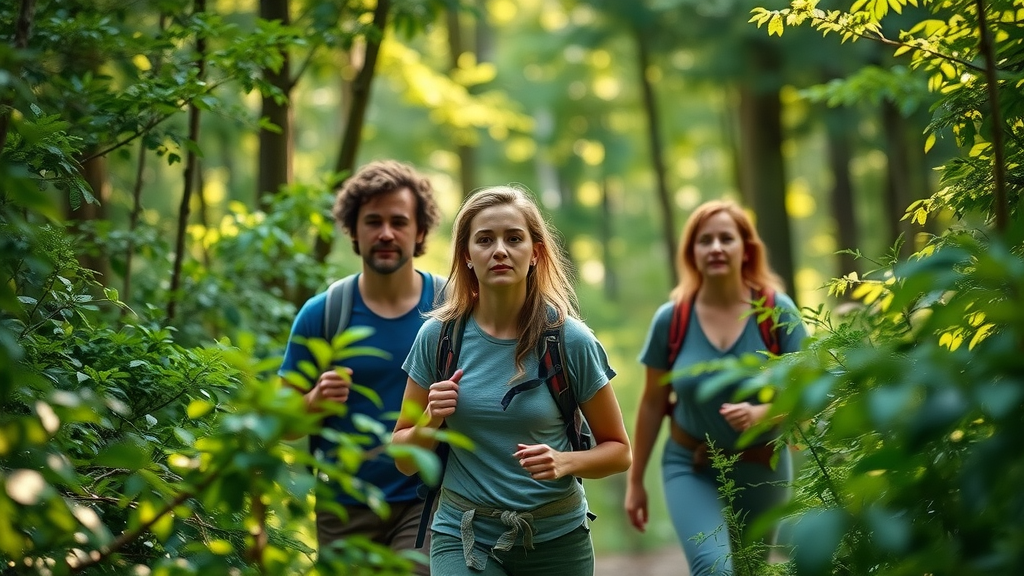
Why Blue Ridge Parkway Hiking Safety Tips Matter
Blue Ridge Parkway hiking safety tips save lives by helping explorers prepare for potential hazards and rapidly changing conditions along the Ridge Parkway. This iconic drive and trail network is filled with breathtaking beauty, but weather changes and rugged terrain demand preparation and respect. Knowing and applying the right safety tips ensures every step you take enhances your adventure and preserves the natural beauty that brings countless visitors to state parks, national parks, and the Ridge Mountains each year.
The Blue Ridge Parkway traverses North Carolina and Virginia, cutting through some of the most ecologically diverse and elevation-rich areas in the United States. As countless visitors have learned, a minor oversight—like forgetting to check the park service website for road closures, or underestimating the impact of sudden storms—can quickly escalate. Safety is not just about comfort or convenience; it’s about preserving your ability to connect with nature and return safely from every journey. These safety tips are endorsed by the National Park Service, state park rangers, and local hiking clubs along the Blue Ridge Mountains.

Preparing for a Safe Hike on the Blue Ridge Parkway
Start your Blue Ridge Parkway adventure by planning your route, checking for alerts, packing essential safety gear, and honestly assessing your hiking ability. Smart preparation is the foundation of safe hiking on the Blue Ridge Parkway and in state parks. The region’s changing terrain and weather mean every hike, even short hikes, should begin long before your boots hit the trail.
Always review the official National Park Service and North Carolina state park websites for up-to-date alerts, trail closures, and condition reports before hiking the Blue Ridge Parkway. These gov websites provide the most accurate, timely information. Begin by setting realistic expectations for yourself and your hiking group, considering fitness levels, experience with mountain terrain, and knowledge of local wildlife.
Pack according to a hiking safety tips checklist, prioritizing navigation tools, proper footwear, and emergency supplies. Don’t forget to share your plans—tell someone your route and expected return, so help can be summoned if needed. The ridge mountains can be unpredictable, so preparation is your first line of defense.
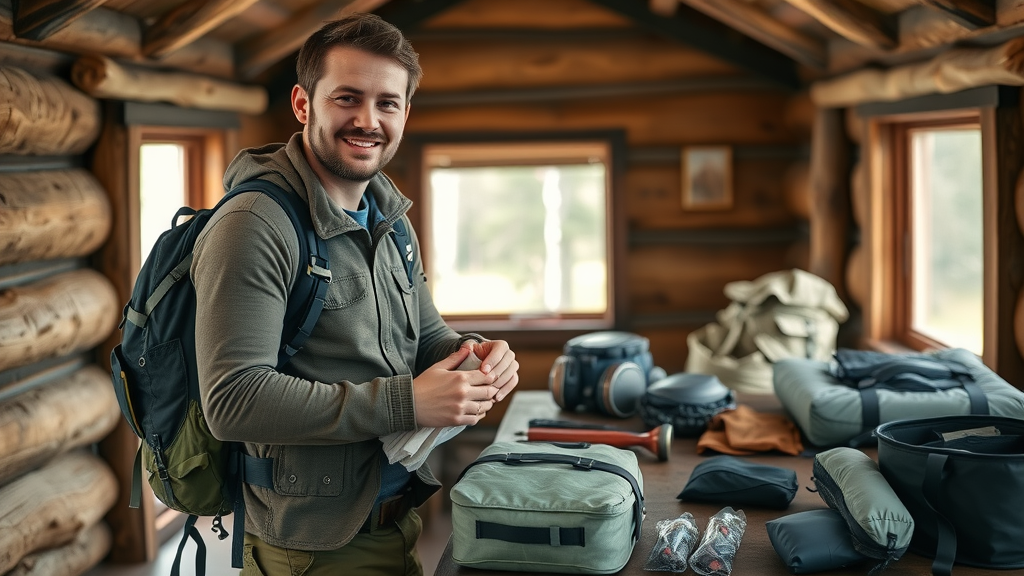
What Should You Do Before Hiking on the Blue Ridge Parkway?
Review official NPS and state park websites for alerts and current conditions
Pack essentials from the Blue Ridge Parkway hiking safety tips checklist
Set realistic expectations based on your fitness and outdoor experience
By preparing thoughtfully, you reduce risk and help ensure your connection with the Ridge Parkway is a positive, unforgettable experience. Whether you’re hiking solo or with friends, the Blue Ridge Mountains are best enjoyed with preparation and caution at the core of your adventure plan.
While preparing for your hike, it's also important to consider how carrying your gear can impact your comfort and safety. For practical advice on avoiding common carrying hazards and ensuring your backpack is properly fitted, check out these backpack safety tips that apply to hikers of all ages.
Essential Safety Gear for Blue Ridge Parkway Hiking
You need a core set of practical tools and safety gear to navigate the Blue Ridge Parkway trails and North Carolina state parks safely. Having the right equipment is essential—regardless of trail length or your hiking experience. Make sure to reference the official website for gear updates or safety recommendations before every hike along the Ridge Parkway.
The following table highlights crucial gear every explorer should pack:
Must-Have Gear for Blue Ridge Parkway Hikes |
Purpose |
|---|---|
Map & Compass |
Navigation |
Weatherproof Clothing |
Protection |
First-Aid Kit |
Emergency Response |
Water & Snacks |
Hydration & Energy |
Headlamp |
Night Safety |
Proper gear goes beyond comfort—it is vital for safety and can be a lifeline when weather, wildlife, or injuries intervene. Before each trip, use the checklist above and ensure your gear is in good working order and tailored for the trail and season you are tackling along the Blue Ridge Parkway, North Carolina’s scenic Ridge Mountains, or nearby state parks.
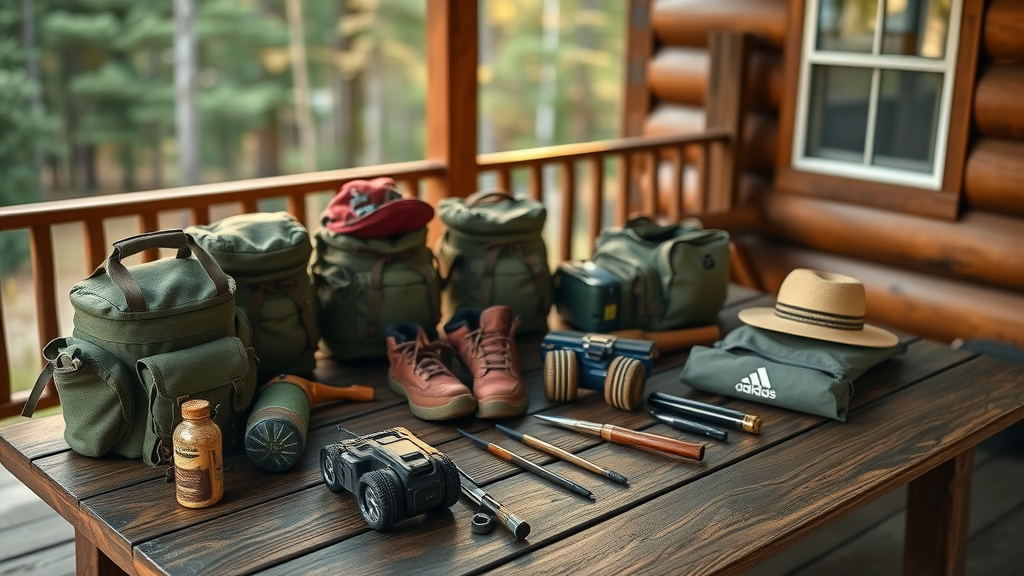
Understanding Blue Ridge Parkway Weather Conditions
The weather along the Blue Ridge Parkway in North Carolina can shift rapidly, affecting trail safety and your overall hiking success. From temperature fluctuations atop the ridge mountains to sudden afternoon storms common in North Carolina summers, hikers must remain prepared for changing conditions at all times.
Always check the weather forecast for your hike area before you go. Be on the lookout for temperature swings especially at higher elevations, and don’t underestimate the intensity of storms that can quickly engulf a stretch of the Ridge Parkway. Fog and rain will reduce visibility and make trails more slippery, demanding extra caution. If weather changes mid-hike, be ready to adjust plans and seek shelter if necessary. The Blue Ridge Parkway’s natural beauty comes with unpredictability—staying vigilant about the forecast is a safety tip embraced by both the National Park Service and state parks across the region.

How Does Weather Impact Hiking Safety on the Blue Ridge Parkway?
Temperature swings are common due to the high elevation of the ridge mountains
Afternoon storms occur frequently, especially during the summer months
Fog and rain can reduce visibility and make trail surfaces hazardous
Check weather.gov or your preferred state park weather resource every time you hike. Layer clothing and bring a rain jacket, even for short hikes, especially along the Blue Ridge Parkway and other mountainous state parks. Smart hikers know that a bright morning can turn into a stormy afternoon—always be prepared.
Navigating the Terrain: Blue Ridge & Ridge Mountains
Understanding trail markers, terrain changes, and wearing proper footwear is essential for safe hiking in the Blue Ridge Mountains and along the Ridge Parkway. The area’s trails range from gentle, family-friendly routes to demanding climbs over rocky and erosion-prone paths. Knowing what to expect can keep your group safe and help you enjoy the best that the Ridge Parkway and its adjacent state parks have to offer.
Pay close attention to trail blazes—these guide you along official park service trails and prevent accidental detours that could put you at risk. The Blue Ridge Parkway, with its mix of narrow ridges and lush valleys, is home to a wide array of terrain. Erosion-prone areas can be hazardous, particularly after heavy rains. Wearing sturdy, trail-appropriate footwear with good traction is a top safety tip for all hikers. And whether you’re hiking the great Smoky Mountains National Park or local state parks, stick to trails maintained by the National Park Service for optimal safety and trail etiquette.
What Should You Know About the Blue Ridge and Ridge Mountains Terrain?
Follow trail markers and blazes—these mark official Ridge Parkway trails
Be alert for erosion-prone areas, especially after rain
Always use sturdy footwear suitable for varied mountain conditions
Hiking the Blue Ridge Parkway or any of the region’s state parks requires an understanding of terrain and respect for the environment. Trail markers are there for your safety, while the right footwear keeps you comfortable and safe in all mountain conditions.
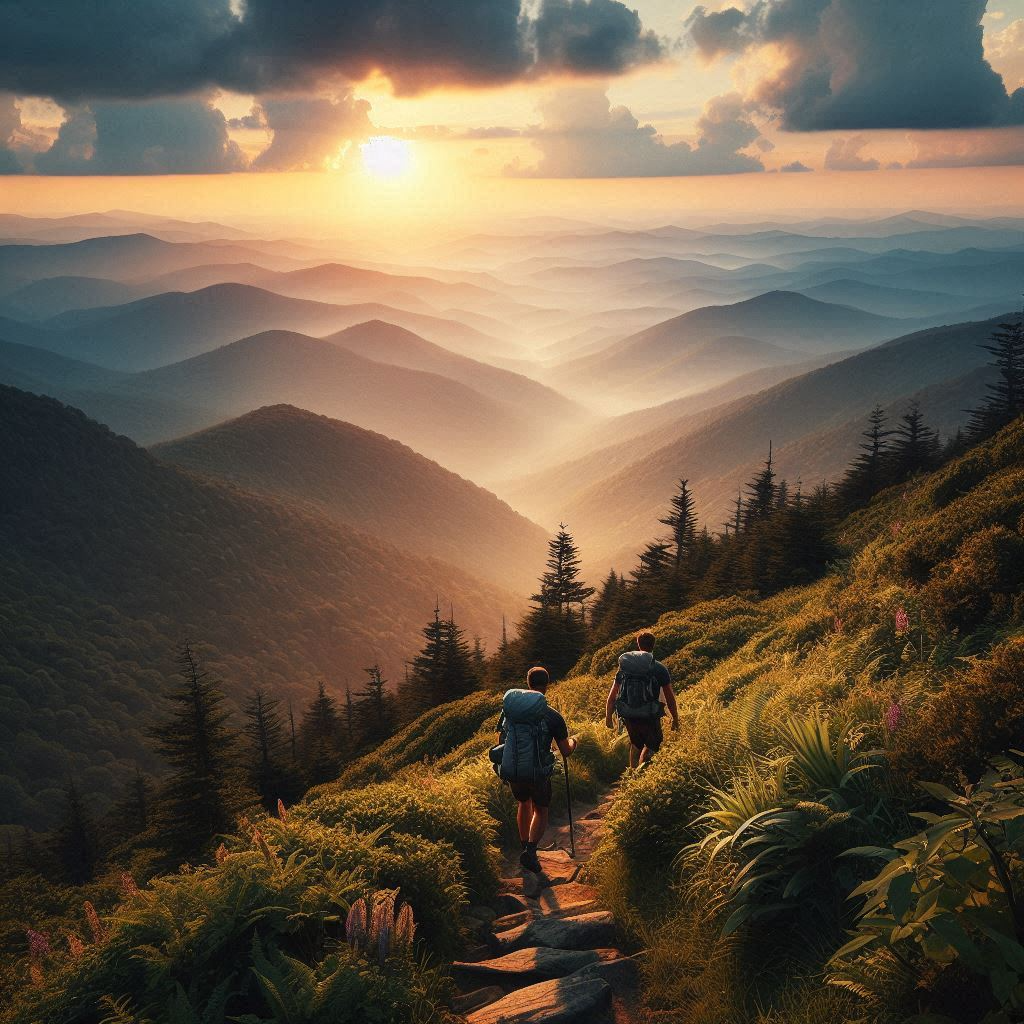
Top Safety Tips for State Parks and Blue Ridge Parkway Trails
The most important Blue Ridge Parkway hiking safety tips focus on staying on marked trails, respecting wildlife, and preserving the natural beauty of the Ridge Parkway and surrounding state parks. Always practice Leave No Trace principles and prioritize both your safety and the preservation of the park’s unique ecosystem.
Key practices include never leaving designated trails, obeying all posted signs and warnings, and keeping a safe distance from all wildlife—regardless of how accustomed they may seem to humans along the Blue Ridge Parkway, North Carolina trails, or any national park in the United States. You are the park’s guest, and it’s your responsibility to help keep it beautiful for generations to come by carrying out all trash. Small actions, when done consistently, make a big impact across state parks and the Ridge Mountains.
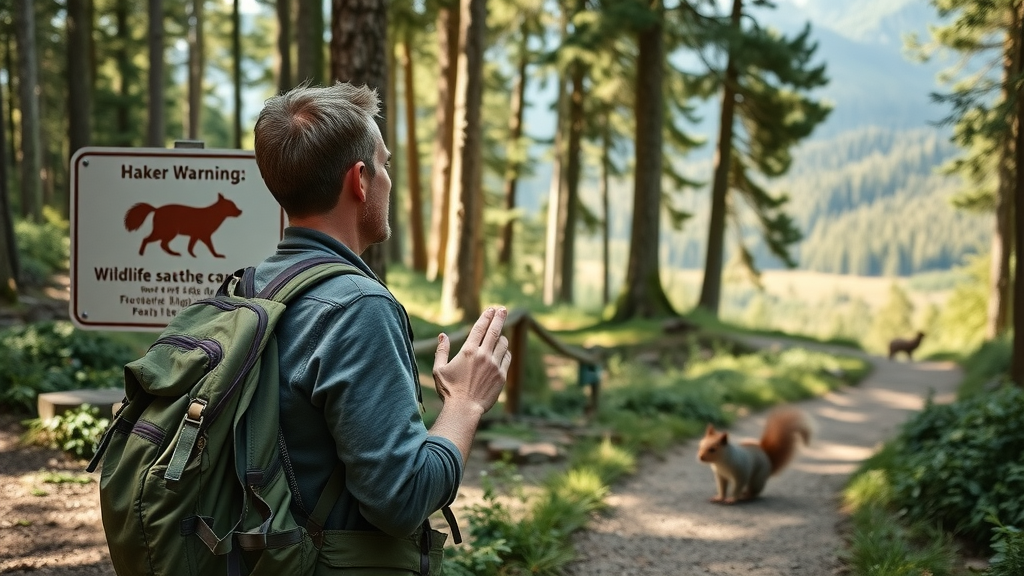
What Are the Most Important Blue Ridge Parkway Hiking Safety Tips?
Never leave designated trails—this prevents injury and protects the landscape
Observe all posted signs and warnings for your safety and ecosystem health
Respect wildlife—keep your distance and never feed animals
Carry out all trash; leave the Blue Ridge Parkway as beautiful as you found it
Keeping to these core safety tips on all Ridge Parkway and state park trails is the single most effective way to keep yourself and fellow hikers safe, and maintain the natural beauty that makes the Blue Ridge Parkway a national treasure.
Hydration and Nutrition: Staying Energized on the Blue Ridge Parkway
Bring at least two liters of water per person and nutritious snacks to stay energized and safe throughout your hike on the Blue Ridge Parkway. Dehydration and hunger are common causes of hiking accidents and make you more vulnerable to environmental challenges in the Ridge Mountains and state parks.
Always pack more water than you think you need, especially for longer hikes or warmer days. Favor reusable water bottles or hydration systems you can easily refill. Snack choices should focus on high-energy, non-perishable foods—think trail mix, fruit, and protein bars—to keep your stamina high on uneven or challenging terrain. This discipline is vital in North Carolina’s variable climate and ensures you’re prepared for the unexpected on any national park or Blue Ridge Parkway trail.

How Much Water and Food Should You Bring Hiking in Ridge Mountains?
Plan on carrying at least two liters of water per person for moderate hikes, and more for longer or strenuous trails. Food should be sufficient for periodic energy boosts—aim for nutrient-dense, easy-to-carry snacks. This proactive approach keeps you alert and responsive to trail changes, wildlife, or weather events as you explore the beauty of the Blue Ridge Parkway or surrounding state parks.
Blue Ridge Parkway Wildlife Safety Tips
To stay safe, keep food tightly secured, hike in small groups, and know local wildlife alerts before venturing onto the Blue Ridge Parkway. Wildlife encounters, including with black bears, are possible in these rich mountain ecosystems, so hikers must be vigilant and respectful at all times.
Avoid attracting animals by packing food in sealed containers and never leaving snacks unattended. Traveling in a group increases visibility and reduces the odds of surprise encounters, especially on more remote state park trails. Before any hike, consult the National Park Service or local ranger station for the latest bear and wildlife advisories. Knowledge and caution are your best safety tools when exploring the natural habitats of the Ridge Parkway, Great Smoky Mountains National Park, or Blue Ridge Mountains trail system.
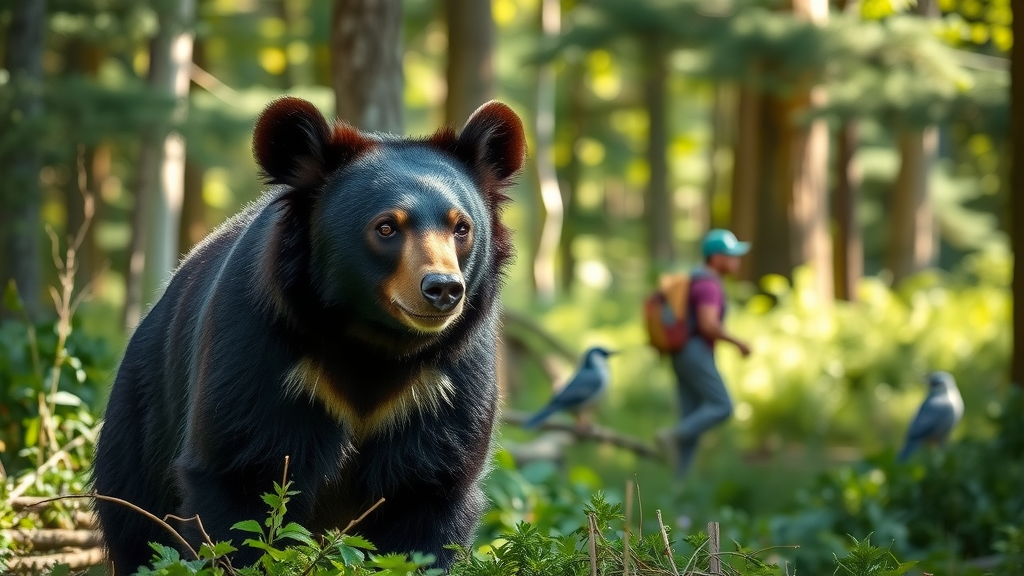
How Do You Deal With Wildlife Encounters on the Blue Ridge Parkway?
Keep all food and scented items securely packed away from wildlife
Travel in small, visible groups on all state park and Ridge Mountains trails
Before heading out, understand and follow all local wildlife alerts or safety tips posted on official websites
Wildlife safety starts with awareness. Respecting local fauna protects both their habitats and your hiking group—ensuring every Blue Ridge Parkway journey is memorable for all the right reasons.
Staying on Track: Trail Etiquette and Best Practices
The #1 etiquette rule while hiking the Blue Ridge Parkway is to yield to uphill hikers and always stay on marked trails. Proper trail etiquette shows respect for nature and for your fellow explorers, while also enhancing safety across every state park and Ridge Parkway trail.
Stay alert for fellow hikers and offer a friendly greeting, making space as needed on narrow paths. Keeping to designated trails protects delicate ecosystems and reduces the risk of injury or getting lost. Following best practices, such as yielding the right-of-way and respecting the pace of others, creates an inclusive, enjoyable hiking culture on the Blue Ridge Parkway, all state parks, and national park trails alike.
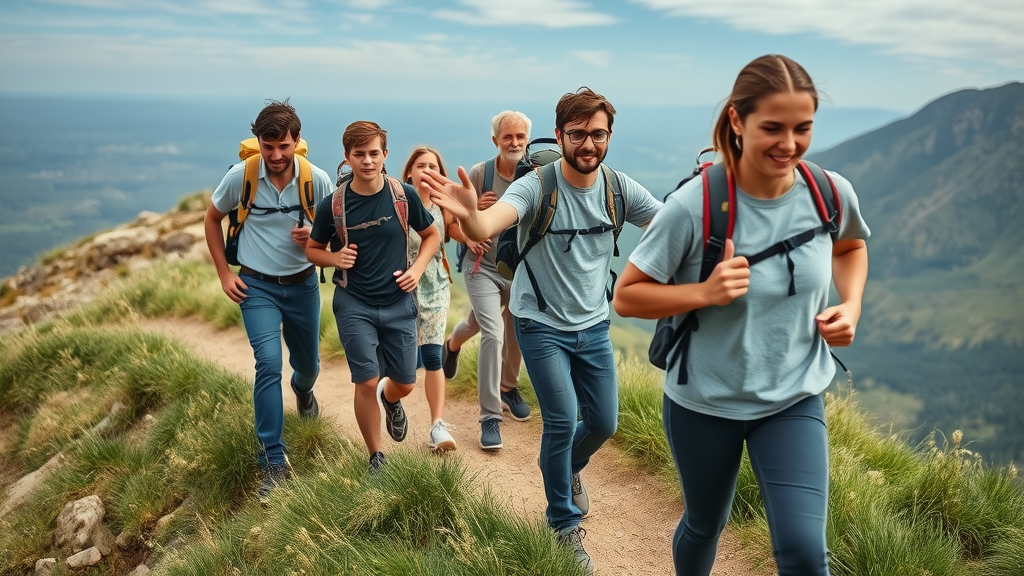
What Is the #1 Etiquette Rule While Hiking on the Blue Ridge Parkway?
Yield to uphill hikers—this tradition helps everyone keep their rhythm on steep mountain trails. Always stay on marked trails to preserve the Blue Ridge Parkway’s beauty and safety. Good etiquette forms the backbone of a positive community on every state park or Ridge Mountains adventure!
Emergency Preparedness: What To Do If Something Goes Wrong
Advance planning, carrying basic first-aid gear, and knowing how to call for help are key to emergency preparedness on the Blue Ridge Parkway. Even with careful preparation, emergencies can occur on the Ridge Parkway or within state parks—so have a plan for backup communication and quick response.
Carry a well-stocked first-aid kit, a charged cell phone or emergency device, and know your exact trail route. Save ranger station or park service phone numbers in your devices and be familiar with the boundaries of mobile service along the Blue Ridge Parkway. For solo or group hikers, designate a check-in person who knows your return time and route. This preemptive plan can be a lifesaver if the unexpected happens in the Blue Ridge Mountains or any state park along the Parkway.
Real-Life Case Study: Safety Success on the Blue Ridge Parkway
Smart choices and preparation can turn a potential emergency into a triumph of teamwork and safety on the Blue Ridge Parkway. Consider this recent example: a group of hikers near Linville Gorge encountered a sudden thunderstorm, which obscured trail markers and chilled temperatures instantly. Because they had checked weather.gov before departing, were carrying rain gear and warm layers, and stuck together as a group, they safely navigated back to the trailhead and reported the storm’s impact to fellow hikers via the national park service. Their experience is a prime example of why following Blue Ridge Parkway hiking safety tips is critical for every explorer.
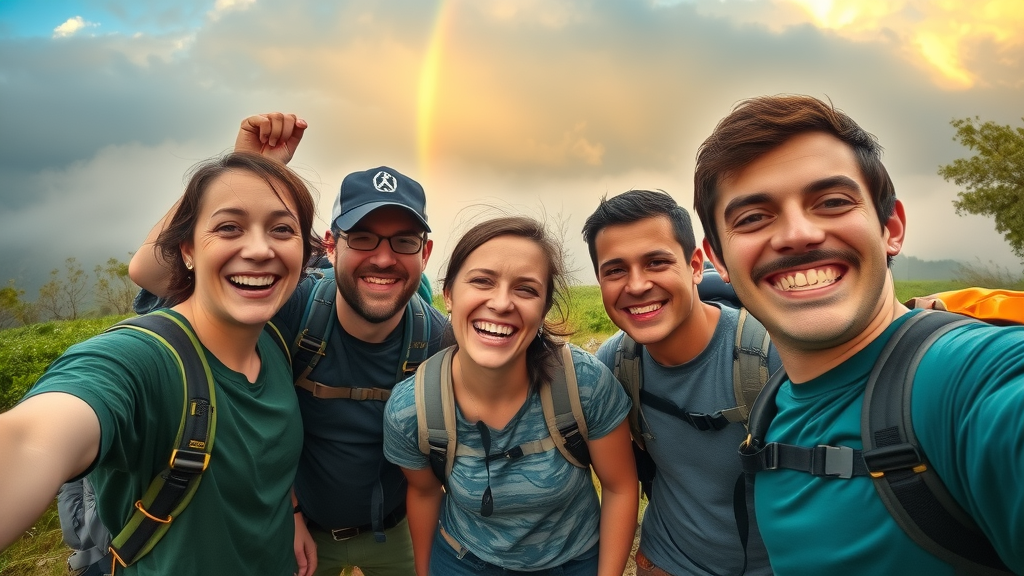
Inspirational Quote on Nature Safety
"The mountains are calling, and I must go—but I must also be prepared. Safety first ensures every journey is memorable." – Inspired by John Muir
People Also Ask: Blue Ridge Parkway Hiking Safety Tips
What is the #1 etiquette rule while hiking?
The number one rule is to yield to uphill traffic and always stay on marked trails. This ensures safety, minimizes trail erosion, and creates a respectful, cooperative hiking environment in state parks, national parks, and along the Blue Ridge Parkway. Staying on trail also protects delicate habitats and makes navigation safer for everyone.
How do you stay safe while hiking?
To stay safe while hiking on the Ridge Parkway, plan ahead, know your trail, pack essential gear, check weather forecasts, carry sufficient food and water, and always let someone know your plans. Obey posted rules, pay attention to trail markers, and respect wildlife. Emergency preparedness, from first-aid to sharing your itinerary, is vital for safe exploration of state parks and mountain terrain.
Does the Blue Ridge Parkway have guardrails?
Yes, the Blue Ridge Parkway has guardrails along many of its scenic overlooks and more dangerous roadway sections. However, hikers must not rely on them for safety while on trails—always follow trail markers and remain aware of your surroundings. These guardrails are primarily road safety features, not meant for trail or off-road protection in state parks or the Ridge Mountains.
What is the most beautiful section of the Blue Ridge Parkway?
Many visitors consider Linville Gorge and Grandfather Mountain among the most beautiful sections of the Blue Ridge Parkway. These areas feature dramatic ridge lines, lush forests, and panoramic views, popular in both North Carolina and the United States at large. Each section of the Parkway and neighboring state parks offers unique hiking experiences and natural beauty for explorers of all skill levels.
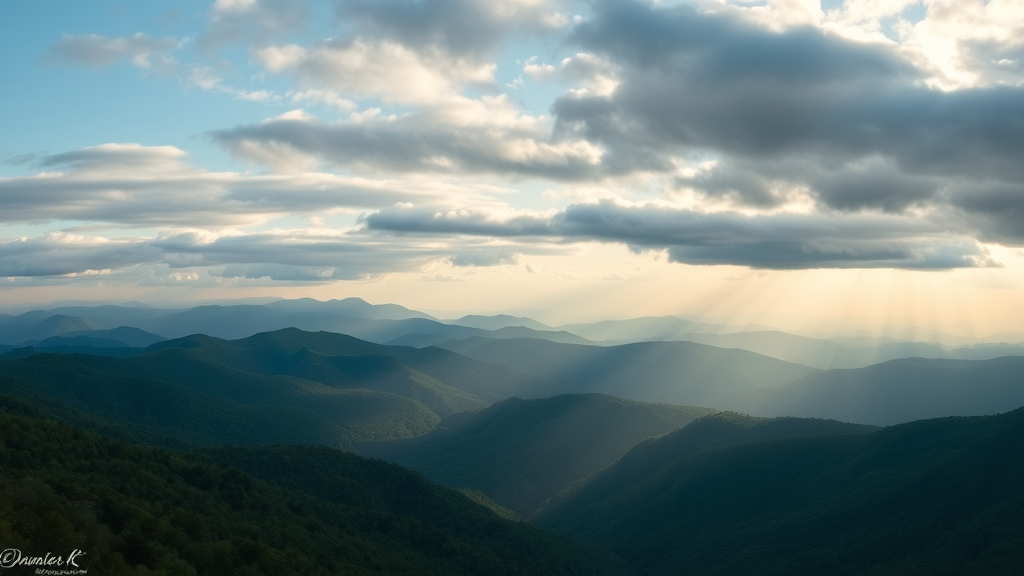
Blue Ridge Parkway Hiking Safety Tips FAQ
What shoes should I wear for Blue Ridge Parkway hiking?
Wear sturdy hiking boots with strong tread and ankle support. Waterproof shoes are best for muddy or uncertain weather conditions among the Ridge Mountains and state parks.How early should I start my hike to avoid summer storms?
Begin hikes early—ideally before 9:00 a.m.—to finish before afternoon storms are likely to develop along the Parkway, especially in the summer months of North Carolina.Are pets allowed on Blue Ridge Parkway trails?
Pets are permitted on many hiking trails, but must be kept on a leash at all times. Check the official website for any restrictions unique to national parks and state parks along the Ridge Parkway.What’s the best smartphone app for navigating Ridge Mountains?
Popular apps include AllTrails and Gaia GPS, both of which allow you to download trail maps for offline use—important since cell service can be spotty in certain areas of the Blue Ridge Parkway and surrounding state parks.
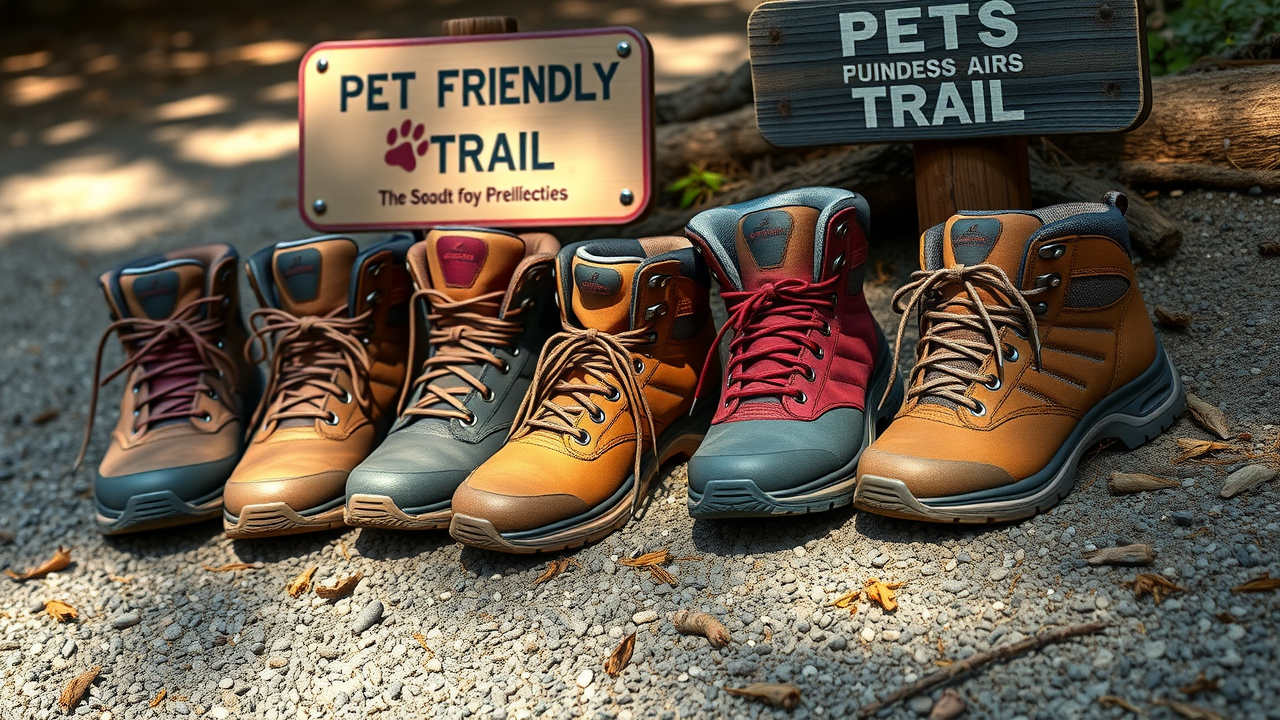
Key Takeaways on Blue Ridge Parkway Hiking Safety Tips
Review and follow Blue Ridge Parkway hiking safety tips before every adventure
Pack wisely and check the weather before you leave
Respect etiquette and preserve the beauty of state parks and Blue Ridge Parkway areas
Involve all hikers—regardless of experience—in safety planning for Ridge Parkway trails and Blue Ridge Mountains hikes
Conclusion: Plan Your Blue Ridge Parkway Adventure Safely
Smart preparation, the right gear, and respect for nature guarantee that every hike on the Blue Ridge Parkway is a safe and unforgettable adventure.
If you’re inspired to make the most of your time outdoors, consider how the restorative power of nature can extend beyond the trail. Discovering new ways to unwind and recharge is just as important as staying safe on your hike. For a deeper dive into relaxation and Southern wellness traditions, explore how simple pleasures like sweet tea and mindful moments can help you unwind the Magnolia way by visiting this guide to Southern calm and stress relief. Let your Blue Ridge adventure be the start of a holistic approach to well-being—both on and off the trail.
Sources
National Park Service – https://www.nps.gov/blri/planyourvisit/hiking.htm
Friends of the Blue Ridge Parkway – https://www.friendsofblueridgeparkway.org/
Exploring the Blue Ridge Parkway offers breathtaking views and memorable hiking experiences. To ensure your adventure is both enjoyable and safe, consider these essential safety tips:
Plan Ahead and Prepare
Research Your Route: Familiarize yourself with the trail’s length, difficulty, and current conditions. The National Park Service provides detailed information on various trails along the Parkway. (home.nps.gov)
Check Weather Conditions: Mountain weather can be unpredictable. Always review the forecast before heading out and be prepared for sudden changes. (nps.gov)
Stay on Designated Trails
Protect the Environment: Sticking to marked paths helps preserve the natural habitat and prevents soil erosion. Venturing off-trail can damage fragile ecosystems and increase your risk of getting lost. (nps.gov)
Wildlife Awareness
Maintain a Safe Distance: The Blue Ridge Parkway is home to diverse wildlife, including black bears. Always observe animals from a distance and never feed them. Feeding wildlife can lead to dangerous situations for both humans and animals. (nps.gov)
Emergency Preparedness
Inform Someone of Your Plans: Before setting out, let a friend or family member know your itinerary and expected return time. In case of an emergency, this information can be crucial. (nps.gov)
Carry Essential Gear: Equip yourself with a map, compass, flashlight, extra food and water, and a first-aid kit. Proper gear can make a significant difference in unforeseen situations. (nps.gov)
By adhering to these guidelines, you can ensure a safe and enjoyable hiking experience on the Blue Ridge Parkway. Remember, your safety is your responsibility, and being prepared is key to a successful adventure.
 Add Row
Add Row  Add
Add 




Write A Comment